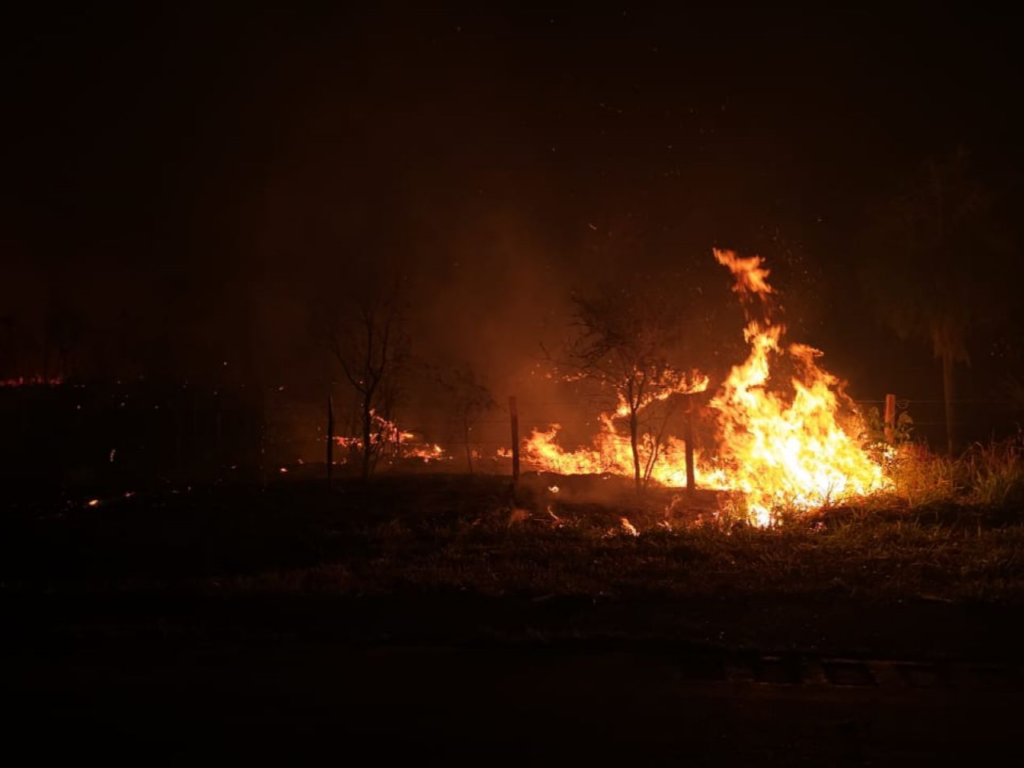THE PENQUIN UNDERSTANDS DISABILITY

Cara Darmody, a disability rights campaigner from Co Tipperary, has paid tribute to actor Colin Farrell
By Rebecca Black,
A teenage disability rights campaigner from Co Tipperary has paid tribute to actor Colin Farrell for giving her a voice outside of Ireland.
Cara Darmody, 14, was flown to Chicago to address an event organised by the Colin Farrell Foundation, an organisation which aims to support individuals and families living with intellectual disability.
Cara, from Ardfinnan, is the older sister of Neil and John, who are autistic and non-verbal.
She met with the last three taoisigh to discuss disability services in Ireland and told Simon Harris at a meeting in June that the Government was “breaking the law” on its obligation to children with special needs.
Parents have voiced their frustration and upset at not being able to access crucial assessments of need, therapies and school places for their children.
He's followed my campaign for quite some time and I was lucky to meet him again a few weeks ago, and I was in total shock when he asked me to be his keynote speaker, wowCara Darmody on Colin Farrell
Protests have been held outside the Department of Education demanding school places be secured for children with special needs, who are forced out of routines that are vital for their education and wellbeing.
Cara said Farrell followed her campaign and flew her to Chicago to be the keynote speaker at the event organised by his foundation.
During the address, she spoke about how tough it is for her family to secure support for her brothers from the HSE.
“Right now in Ireland, it can take four to five years to be assessed with an intellectual disability, with little or no services on offer afterwards, even in our schools,” she said.
“That delay causes permanent damage and once you turn 18 with an intellectual disability, you often have nowhere to go, again with no services on offer.
“Ireland is in crisis in relation to disability services for people with intellectual disabilities. I have openly said that it’s a national disgrace, but more recently I’ve described it as an international embarrassment, and nobody ever disagrees with me.
“My understanding is that the same lack of services, etc, is also here in America for over-18s. It is simply not good enough and it must be respectfully called out.”
Cara described the experience as surreal and paid tribute to Farrell.
“He’s followed my campaign for quite some time and I was lucky to meet him again a few weeks ago, and I was in total shock when he asked me to be his keynote speaker, wow,” she said.
“I’ve got to know him over the last few months and he’s just the most incredible guy ever. Now he wants to change the world for people with intellectual disabilities. I just can’t believe that he wants to be associated with me.

Cara Darmody with Taoiseach Simon Harris (Mark Darmody/PA)
“He flew me to Chicago and he’s treated me like royalty since we got here. I got to go to his private cocktail party, so that was amazing to dress up for that as well. It’s definitely better than being in school.”
She added: “I told the 1,200 invited guests on the night of how I’ve obtained almost 17 million euros in government funding, to inspire them to reach for the stars like I do.
“The Americans were really inspired by my courage and determination, and I think I’ve definitely inspired them to do way more and to really believe that they can do way more.
“To speak in front of 1,200 distinguished guests was the greatest moment of my life.
“It was only a few weeks ago that I was sitting outside the Taoiseach’s Department protesting in the lashing rain at 7am in the morning. But I’ll have no problem doing that again if the next Government doesn’t treat disability as a serious priority. The disability discrimination that I regularly talk about needs to be called out.”
Cara said she has also taken her campaign to Europe, taking part in a documentary for Arte TV that is set to air in France and Germany in January.
Her father Mark, who accompanied her to Chicago, said Cara was like Cinderella at the event.
He said: “While we don’t do the celebrity thing, it’s very hard not be impressed by Colin Farrell. We all saw what he did in Ireland recently in with the Dublin Marathon – to be honest, the guy is a legend.
“To see him embracing your daughter’s ideals, and praise her character, is beyond being proud – it’s really emotional and Cara really, really deserved this after all that she did for others, often out of the media spotlight.
“But, for now, Cara is like Cinderella and she definitely got the glass slipper last night.”
 This pyramidal base was uncovered in the Mexican state of Hidalgo in June. The structure dates back to pre-Hispanic times. INAH
This pyramidal base was uncovered in the Mexican state of Hidalgo in June. The structure dates back to pre-Hispanic times. INAH

























 Christian lives in Narsaq and used to be a fisherman for Royal Greenland, Greenland's largest fishing company. He spends his evenings in one of the few pubs in the village. | Photo: ©Federica Bonalumi
Christian lives in Narsaq and used to be a fisherman for Royal Greenland, Greenland's largest fishing company. He spends his evenings in one of the few pubs in the village. | Photo: ©Federica Bonalumi